Bananas are one of the most popular fruits worldwide, and growing them at home can be a rewarding experience. Even though most edible bananas don’t have seeds, it is still possible to propagate banana trees from the fruit. With the right care and technique, you can grow a healthy banana plant that adds greenery to your home and eventually produces fruit. This guide will explain step by step how to grow banana trees at home from fruit without seeds, along with tips for care and maintenance.
Understanding Seedless Bananas
Most commercial bananas, including the Cavendish variety, are seedless and reproduce vegetatively. This means they grow from parts of an existing plant rather than seeds. The small black specks you see in the fruit are sterile seeds and won’t grow. To propagate banana trees at home, you need to use methods like suckers, tissue culture, or even planting parts of the fruit that contain the growing embryo, rather than relying on traditional seeds.
Choosing the Right Banana Fruit
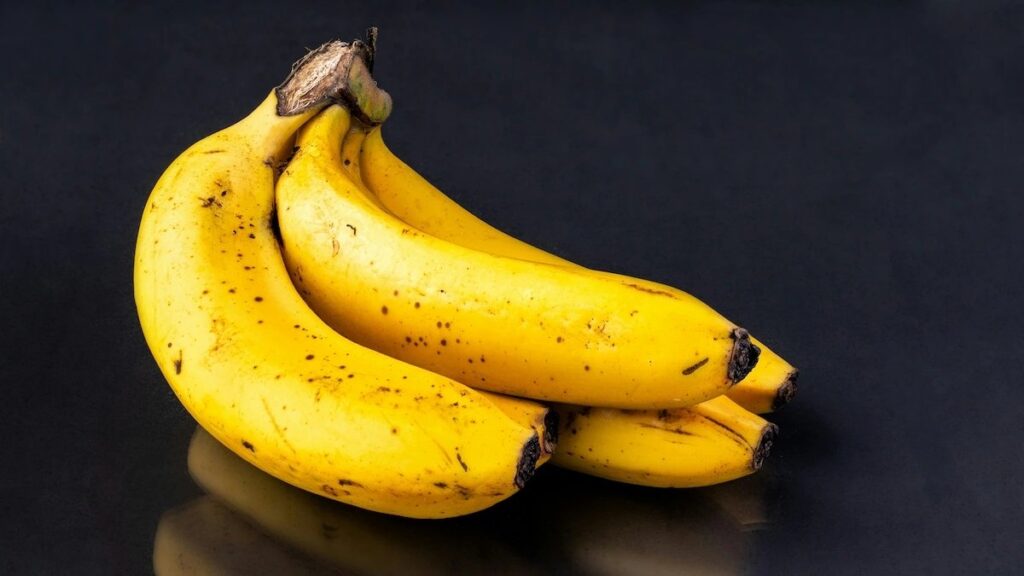
To start, select a fresh, healthy banana from the market. Ideally, pick a fruit that is fully ripe but not overripe. Overripe bananas may decay quickly and will not provide viable material for propagation. Keep in mind that bananas grown from fruit at home may take several years to mature and produce fruit, but the process is still fulfilling and provides beautiful tropical foliage.
Extracting the Growing Tip
Even seedless bananas contain a small embryo in the center of the fruit. To grow a plant from the fruit:
- Cut the banana carefully and remove the pulp around the tiny central core.
- Gently wash the core to remove any remaining fruit residue.
- Look for the small, firm growing tip inside the core. This is the part that has the potential to sprout.
- Avoid damaging the tip during extraction, as it is delicate and essential for growth.
Preparing for Planting
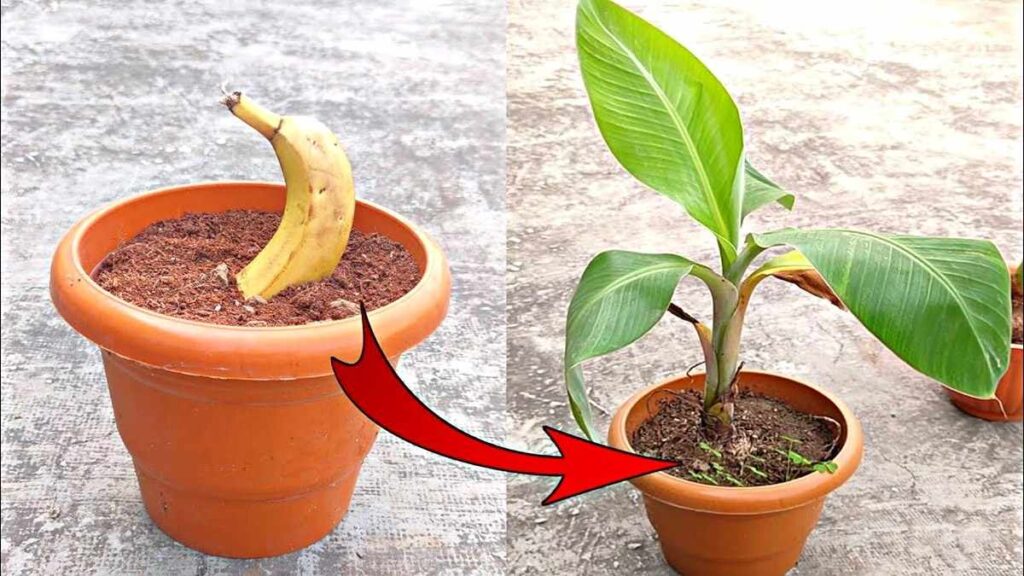
Bananas need a nutrient-rich, well-draining soil to thrive. You can use a mix of garden soil, compost, and sand to create the ideal planting medium. Fill a small pot or container with the soil mixture and moisten it lightly before planting the banana tip. A pot with drainage holes is essential to prevent waterlogging, which can cause the delicate tip to rot.
Planting the Banana Tip
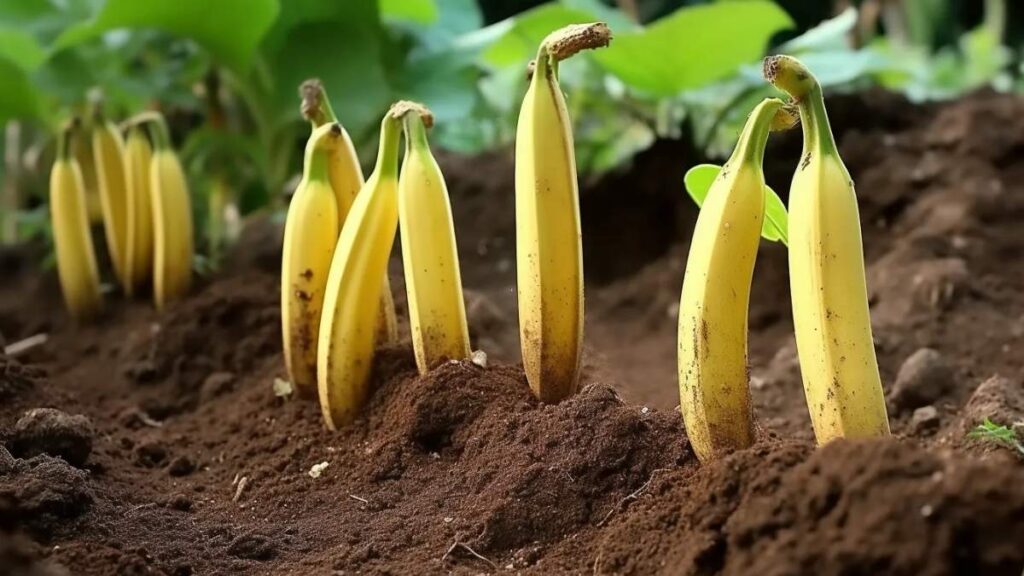
Once the growing tip is ready, plant it carefully:
- Dig a small hole in the soil about 1 to 2 inches deep.
- Place the tip inside with the growing end pointing upward.
- Cover it lightly with soil, ensuring the tip is just beneath the surface.
- Water gently to settle the soil around the tip.
Keep the pot in a warm, bright location with indirect sunlight. Bananas thrive in temperatures between 75°F and 95°F, so a sunny windowsill or balcony is ideal.
Caring for Your Banana Plant
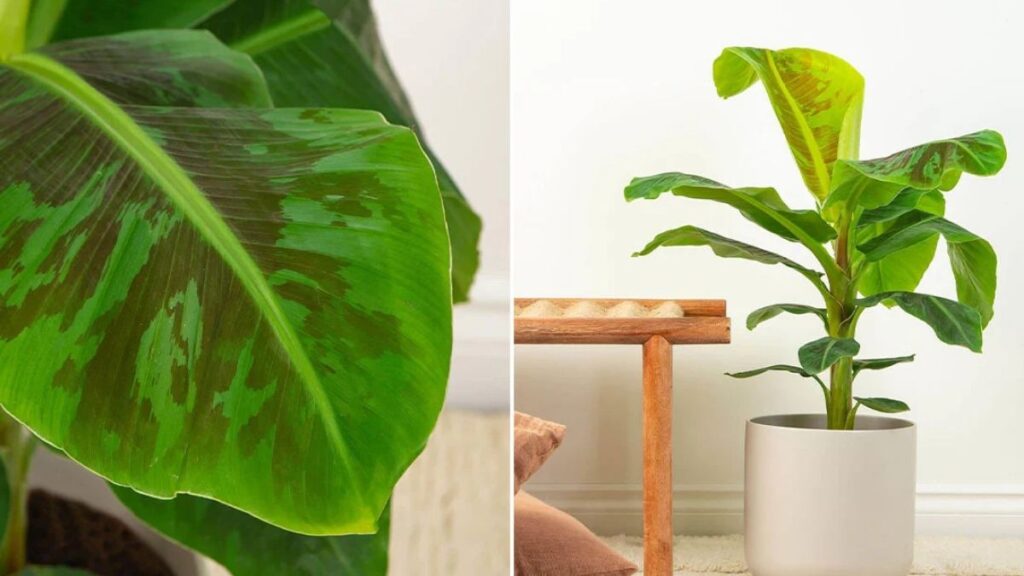
Banana trees require consistent care, especially in their early stages. Here’s how to ensure healthy growth:
- Watering: Keep the soil consistently moist but not waterlogged. Water when the top inch of soil feels dry.
- Light: Provide plenty of indirect sunlight. Direct sunlight can scorch the tender leaves of young plants.
- Humidity: Bananas prefer high humidity. Mist the leaves occasionally or place a humidity tray nearby.
- Fertilization: Use a balanced, water-soluble fertilizer every two weeks to promote healthy growth. Organic compost is also beneficial.
Transplanting as the Plant Grows
As the banana plant grows, it will need more space. When it reaches about 12 inches in height or develops a strong root system, transplant it into a larger pot or directly into the ground if the climate allows. Choose a sunny location with well-draining soil and protect the plant from strong winds. Mulching around the base can help retain moisture and regulate soil temperature.
Encouraging Fruit Production
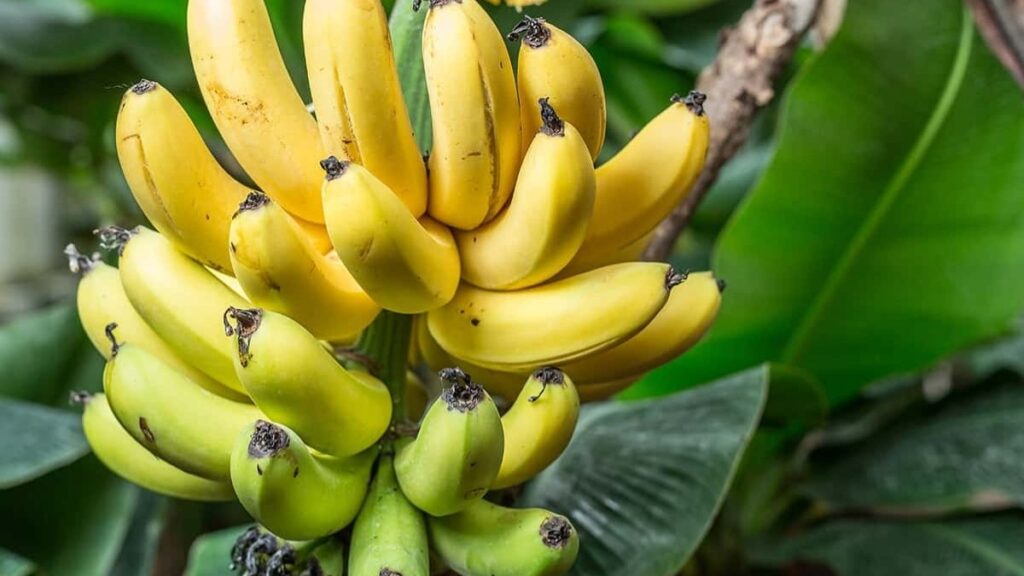
Banana trees grown from fruit at home may take 2 to 3 years to produce fruit, depending on care and growing conditions. To encourage flowering and fruiting:
- Ensure the plant receives at least 6 to 8 hours of sunlight daily.
- Maintain consistent watering and fertilization.
- Remove any dead leaves or damaged stems to focus the plant’s energy on growth.
- If possible, provide a trellis or support as the plant grows tall to prevent the stem from bending under the weight of future bananas.
Common Challenges
Growing bananas from fruit at home can come with a few challenges:
- Rotting: Overwatering or planting the tip too deep can cause it to rot. Use well-draining soil and moderate watering.
- Pests: Aphids, spider mites, and mealybugs may attack young plants. Inspect the leaves regularly and use natural remedies if needed.
- Slow Growth: Banana plants require patience. Ensure proper sunlight, warmth, and nutrients to encourage faster development.
Alternative Method: Using Suckers
If extracting the tip from a banana fruit seems too tricky, the easiest and most reliable method is using banana suckers. Suckers are small shoots that grow from the base of a mature banana plant. They can be removed carefully and planted directly in soil. This method ensures faster growth and a higher chance of fruit production.
Conclusion
Growing banana trees at home from fruit without seeds is possible, though it requires patience and careful handling. By extracting the growing tip, planting it in nutrient-rich soil, and providing consistent care, you can cultivate a banana plant that adds tropical beauty to your home. While it may take a few years to produce fruit, the lush foliage and the satisfaction of growing your own banana tree make the effort worthwhile. With attention to watering, sunlight, and occasional fertilization, your banana tree can thrive indoors or on your balcony, bringing a touch of the tropics to your home.
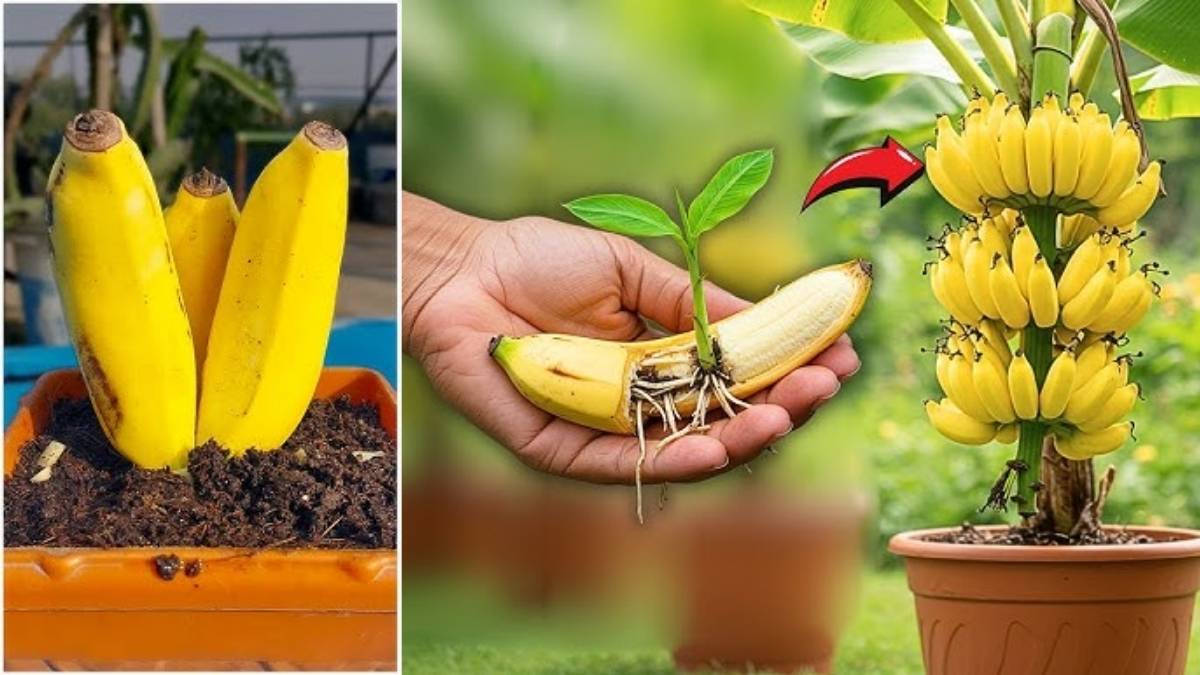
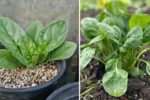
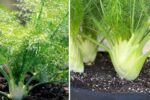
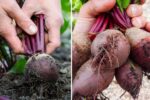
Thank you for this clip. I have a banana tree and now interested of planting shoots and also growing shoots from actual banana. Very informative. Thank you for sharing